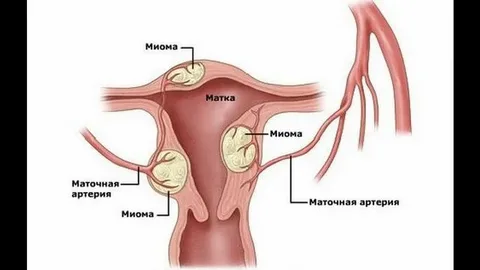Uterine fibroids, also known as leiomyomas or myomas, are a common health concern among women today. These benign growths form in or on the uterus and can differ in size, shape, location, and number.
Symptoms
While many women with uterine fibroids experience no symptoms at all, others may face a range of issues, including:
- Heavy menstrual bleeding
- Pelvic pain
- Frequent urination
- Complications with fertility or pregnancy
Growth Patterns of Fibroids
Uterine fibroids can exhibit different growth patterns. While many grow gradually over time, others may grow more rapidly. Research shows that the rate at which fibroids grow can vary widely, with increases ranging from as little as 18% to as much as 120% per year. The growth rate of fibroids is influenced by several factors, including their size, shape, and number, as well as the age at which a woman is diagnosed.
Types
Fibroids are classified based on their location within the uterus, which can affect both their growth rate and the symptoms they cause:
Intramural Fibroids: These are found in the uterine wall and are the most common types of fibroids found in the women. They can lead to heavy bleeding, an enlarged uterus, and pelvic pressure, typically growing at a moderate rate.
Subserosal fibroids: Located on the outer surface of the uterus, these fibroids grow slowly but can increase in size, causing pressure on nearby organs.
Submucosal fibroids: These fibroids grow rapidly in the inner layer of the uterus and are known for causing heavy bleeding and potentially affecting fertility, even when they are smaller in size.
Pedunculated fibroids: These grow on stalks either inside or outside the uterus. Their growth rate varies based on blood flow through the stalk and can cause sharp pain if the stalk twists.
Size
Due to the variation in fibroids and their growth rates, researchers have not reached a definitive conclusion on whether smaller or larger fibroids grow faster. However, existing research has shown that smaller fibroids could grow more rapidly than larger ones. These fibroids can range from the size of a seed to large enough to alter the shape and size of the uterus.
The faster growth rate in smaller fibroids is thought to be due to their ongoing development and greater sensitivity to hormonal fluctuations. Since women are more likely to develop fibroids during their reproductive years— when significant fluctuations in estrogen and progesterone levels occur—these hormonal changes can stimulate accelerated growth in smaller fibroids.
In contrast, larger fibroids generally grow more slowly once they have reached a certain size, as they typically have an established blood supply and become relatively stable.
Hormone levels
Fibroids tend to grow more rapidly when hormone levels, particularly estrogen and progesterone, are elevated, a condition commonly seen during pregnancy. On the other hand, as a woman approaches menopause and hormone levels decline, fibroids often shrink.
Genetics
Genetics are also responsible in the development of uterine fibroids. Research has identified two genes, TP53 and ESR1, which are linked to fibroid growth. Women with a strong family history of fibroids may have genetic markers that increase their likelihood of developing them.
Diagnosis and Treatment
For women diagnosed with fibroids, the approach to treatment depends largely on the size and symptoms present. Smaller fibroids typically don’t need treatment and may simply be observed over time. In contrast, larger fibroids that cause significant symptoms typically necessitate intervention, which can include medication or surgical options. Early detection and appropriate care are crucial for maintaining both reproductive and overall health.
